Previs studio The Third Floor has vast experience in modeling environments and characters, blocking out scenes and suggesting lighting approaches on films they work on. But for Gil Kenan’s Poltergeist – a re-imaging of the original 1982 thriller, they had to add in that extra element of…scariness. But how?
One way of making previs scary involved playing with the order of the shots. “Gil would often come in while we were editing the previs and give feedback for a particular scene,” explains previs supervisor Barry Howell. “Based on that input, we would rearrange shots, sometimes pushing the ‘scare’ later to build up more tension, or bringing it forward to make it more jarring.”
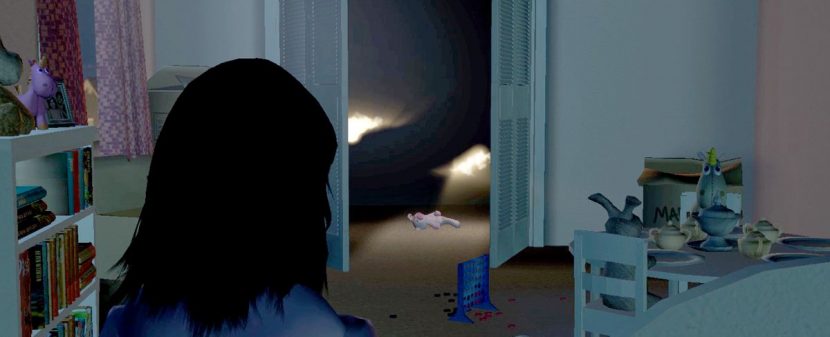
The director would sometimes change the direction of a scene completely. “For the scene where Maddy is ‘kidnapped,’” recalls Howell, “he wanted to go for something different psychologically. Rather than her being pulled into the closet violently, he wanted Maddy to walk into the closet on her accord. This way, it plays out as being more disturbing because she was tricked into doing something she really shouldn’t have.”
Music to accompany the previs played a key role, too. “We selected audio that helped slowly build the mood, increase the tension and amplify the ‘jump factor’ when combined with the visuals,” says Howell. “It really immerses you into the scene and in our case allows you to forget that you are watching an animated version of what the scene could be.”
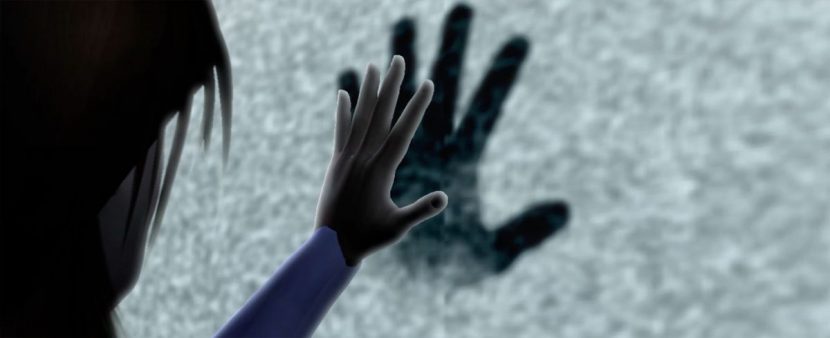
Much of the action in Poltergeist takes place inside the house of the * family, a place where The Third Floor could help design the scares. “Building out the interiors of the house was the first thing we did,” notes Howell. “Gil had given us a rough layout that his storyboard artist had drawn to use as reference. We took that and extrapolated it in Maya and then filled the house with furniture and other typical items you would find inside.”
“It was quite interesting to see how closely the plates of the live-action house matched the previs model,” adds Howell. “Even though I had never been to that location, I felt as if I knew it like the back of my hand.”
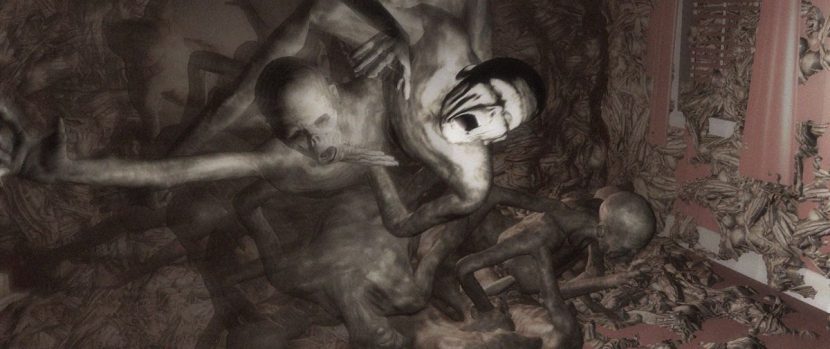
In the film, Maddy enters a vortex to the ‘Otherworld’, with The Third Floor contributing previs for a scene in which a drone is sent to explore it, as well as for Maddy’s rescue. “Both sequences were quite fun in that we got to experiment with different ideas on what the ‘Other Side’ might look like,” says Howell. “One version had the spirits walking around the house like humans, but as transparent blobs that congregated around the life forces of the living. Another iteration had more solid forms crawling along the ceiling and walls. During post in London, Gil tapped The Third Floor’s London team led by Vincent Aupetit to do another iteration and this design is what was largely followed for the final movie.”
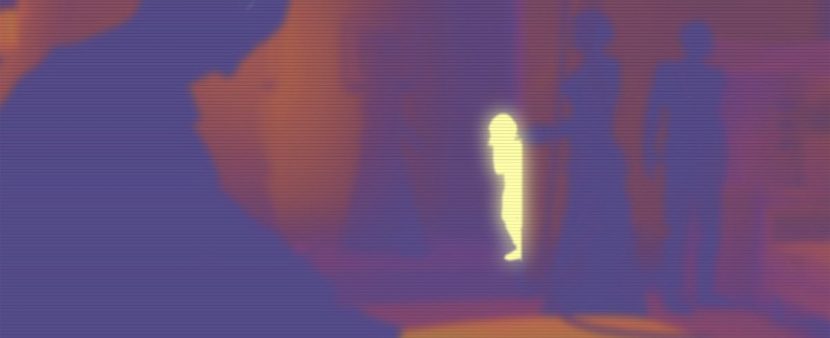
The poltergeists themselves were based on images the director had found of people shot with long exposures. Says Howell: “They looked like an ethereal flow of people walking up and down a staircase, each exposure merging with the next. It created this mass that was made up of lots of arms, legs, and heads. Gil liked how they all blended together and you could not see where one ended or another began.”
“We also played around with the idea that when the spirits tried to escape from the closet,” continues Howell, “there would be a slight time shift in their movement, almost as if every other half second they would freeze in their pose before moving again. When they did move again, they would jump forward by the amount of time that they had been still, similar to when watching a streaming video that hangs for a second and the jumps to where it should have been had it not glitched.”
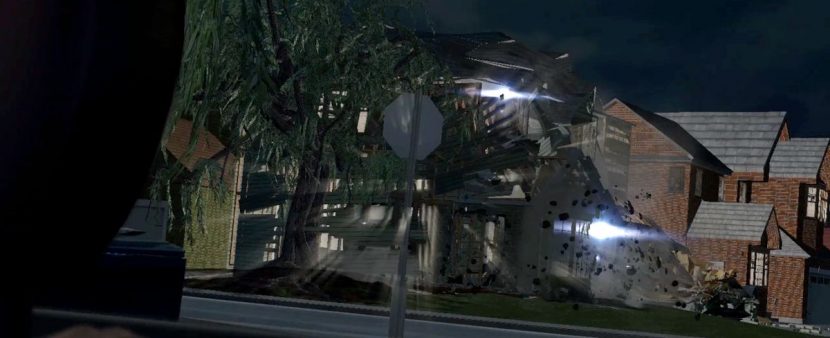
As it often does on many projects, The Third Floor also delivered postvis on Poltergeist, mainly relating to the tree attack shots where ‘alive’ branches come in through the windows (which the studio had also previs’d). “It’s funny,” says Howell, “we were able to watch a rough cut of the movie with Gil soon after they wrapped principal photography, and when we got to the Tree Attack scene, Gil said, ‘Recognize anything?’ and we noticed that Griffin’s pyjama pants were virtually identical to those worn by Griffin’s previs character. It was one of those little things that made me smile to see that he appreciated our work at that level and wanted to bring even those little details into the movie.”
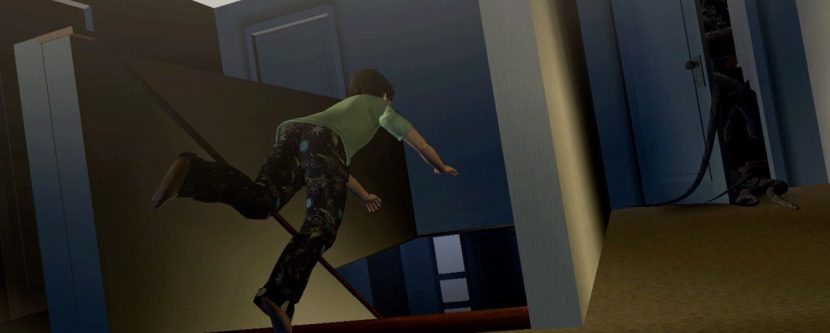
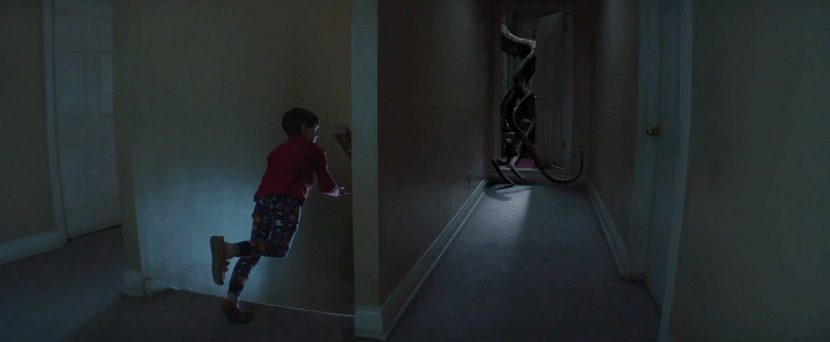
Interestingly, it wasn’t just previs or postvis that The Third Floor created for the film. An opening sequence of Griffin playing a game on a tablet utilized final Third Floor elements – an unexpected contribution for the studio. “A couple of months after we had wrapped on the production,” relates Howell, “we got a call from the director asking if we would be interested in doing the beginning of the film. Initially we thought this meant previs’ing the opening, but Gil was actually looking for final imagery and thought that the look of our previs was perfect for representing a game Griffin would be playing on a tablet that the camera pulls out from. We were able to quickly mock up something using our existing assets and got approval from Gil shortly after. This was definitely one of the more enjoyable assignments because we were given almost complete freedom with the content. If you look close enough, you may just be able to find a familiar name on one of the tombstones in the background.”
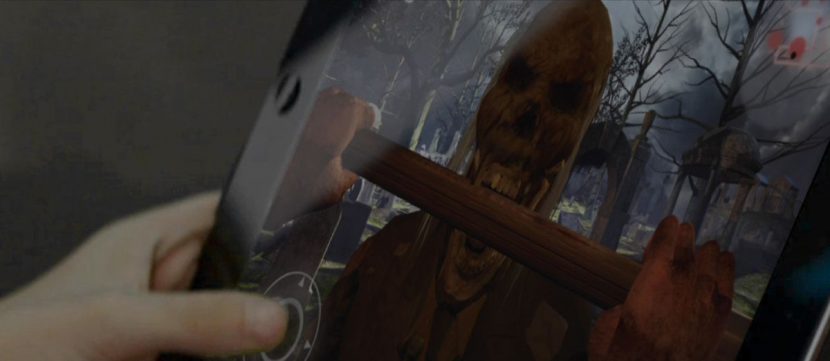
Images copyright 2015 Twentieth Century Fox and courtesy of The Third Floor, Inc.
